NATURAL RESOURCES
Land resources
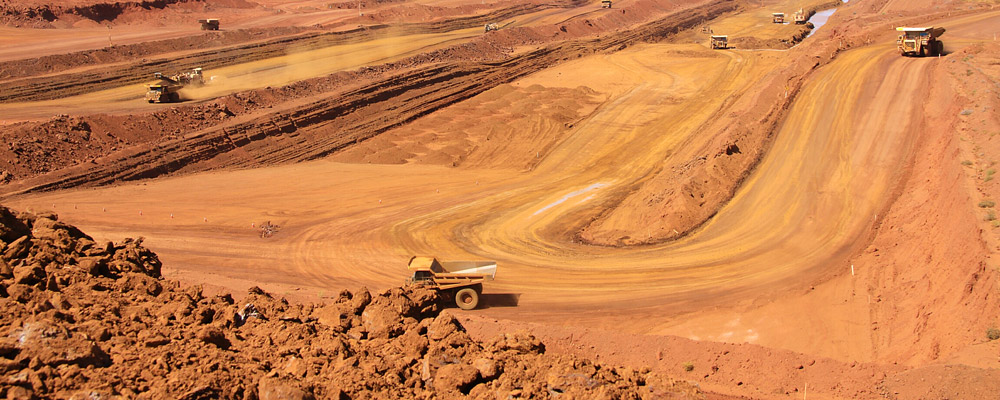 Soil: Dak Nong's land is fairly plentiful and diversified, but mainly consisting of five main groups: Gray soil on the foundation of acidic magma stone and sandstone account for 40% in total area of 651.561 hectares, and it is evenly distributed over the whole province. Basalt red soil on the foundation of laterized basaltic stone making up 35% area; the average thick layer of soil is 120 cm, mainly distributing in Dak Mil and Dak Song district. The rest is alluvium black soil on the foundation of basaltic stone, Gley soil and alluvium soil along the rivers, streams
Soil: Dak Nong's land is fairly plentiful and diversified, but mainly consisting of five main groups: Gray soil on the foundation of acidic magma stone and sandstone account for 40% in total area of 651.561 hectares, and it is evenly distributed over the whole province. Basalt red soil on the foundation of laterized basaltic stone making up 35% area; the average thick layer of soil is 120 cm, mainly distributing in Dak Mil and Dak Song district. The rest is alluvium black soil on the foundation of basaltic stone, Gley soil and alluvium soil along the rivers, streams
Utilization: Agricultural land covers an area of 306.749 hectares, accounting for 47% of the total natural area. Forestry land area with forest is 279.510 hectares, coverage rate of the forest in the whole province is 42.9%. Non-agricultural land has an area of 42.307 hectares. Unused land is 21.327 hectares, in which stream-river land and stone mountain without forest tree is 17. 994 hectares.
With the land resources mentioned above, Dak Nong is very favorable for the development of perennial industrial crops such as: coffee, rubber, tea, pepper on the ground of the gray soil, basaltic red soil and developing a large area of annual crops such as: rice, corn and other short-term industrial crops on the alluvial black soil , the Gley soil and alluvial soil along rivers and streams.
Forest resources:
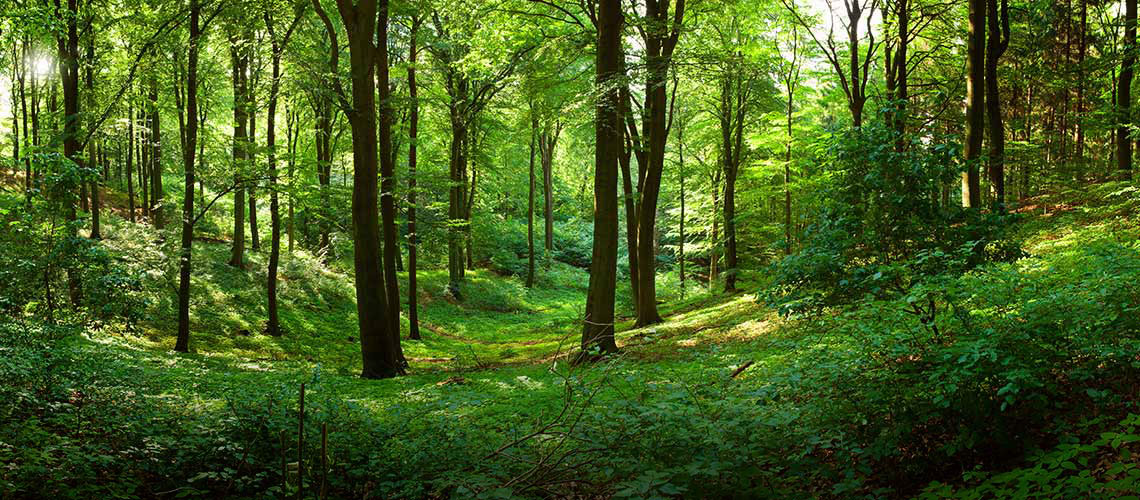 Dak Nong's forestry land acreage is 279.510 hectares, accounting for 42.9% of the natural land acreage in which production forest is 212.752 hectares, it is distributed equally in all districts. Protective forest is 37.499 hectares, mainly concentrating in districts such as Dak R'lap, Dak Song, Dak G'long and Dak Mil. Special-use forest is 29.257 hectares, mainly in Dak G'long and Krong No district, these forests belong to two natural reserves: Nam Nung and Ta Dung. These natural reserves have the primeval forest zones with a lot of beautiful scenery and waterfalls creating an attractive tourism destination.
Dak Nong's forestry land acreage is 279.510 hectares, accounting for 42.9% of the natural land acreage in which production forest is 212.752 hectares, it is distributed equally in all districts. Protective forest is 37.499 hectares, mainly concentrating in districts such as Dak R'lap, Dak Song, Dak G'long and Dak Mil. Special-use forest is 29.257 hectares, mainly in Dak G'long and Krong No district, these forests belong to two natural reserves: Nam Nung and Ta Dung. These natural reserves have the primeval forest zones with a lot of beautiful scenery and waterfalls creating an attractive tourism destination.
Natural forest in Dak Nong lies in the convergent zone of two kinds of flora with two types of forest: evergreen forests are mainly distributed in zones which have a big rainfall, high humidity, deep soil layer such as Krong No, Dak Song, Dak Glong and Tuy Duc districts. Dipterocarp forests are mainly distributed in zones with low rainfall, severe condition like Dak Mil and Cu Jut district.
Dak Nong forest has many fauna and flora which are very plentiful and diversified; it has many kinds of precious woods and specialty crops that both have economic and scientific value. There are also many kinds of rare and precious animals such as: elephants, bears, tigers,..etc which are recorded in the Viet Nam and World Red Book and there are a lot of rare herbal trees used to treat diseases in traditional medicine.
Water resources:
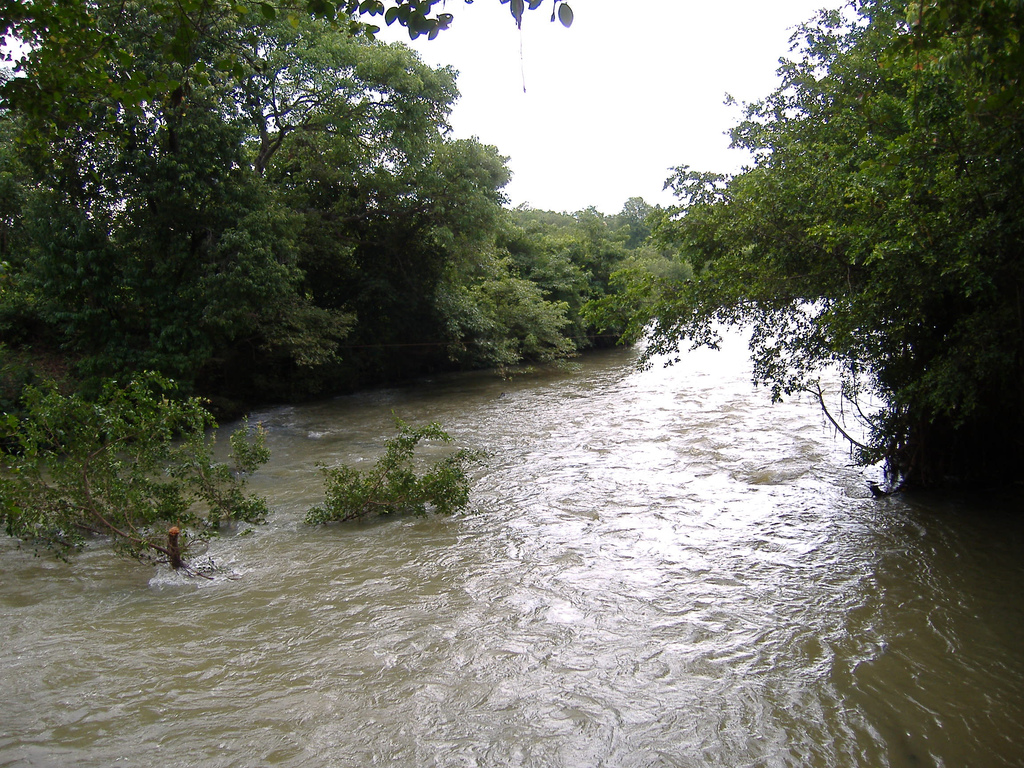 Dak Nong's yearly average rainfall is 2.513 mm/year; the highest rainfall is 3.322mm. Its average air humidity is 82%. Therefore, surface water sources supplied by rainfall is quite abundant. This facilitates producing and living of people in the province.
Dak Nong's yearly average rainfall is 2.513 mm/year; the highest rainfall is 3.322mm. Its average air humidity is 82%. Therefore, surface water sources supplied by rainfall is quite abundant. This facilitates producing and living of people in the province.
Underground water resource: It distributes in almost basalt Highland and localities in the province with a large reserve at from 40-90m deep. This is a source which supplies supplementary water for producing and living in dry season.
Due to the influence of plateau climate and Dak Nong's position; Dak Nong lies on the west at the end of Truong Son mountian chain, it has little rainfall in the dry season; a prolonged period of dry weather can cause drought and shortage of water. This influences on the agricultural production and the living of residents in the province. Therefore, the province has taken the initiate in building many lakes, dams containing surface water for living and producing agriculture, industry, hydropower. Furthermore, these are the potentials for developing tourism such as Ho Tay (the West lake), EaSno, Ea T'Linh, Dak Rong, Dak Dier, Dak R'tih, Dong Nai 3,4.v.v.
The river and stream systems of Dak Nong are dense and distributed equally. The main rivers flow through the province including: Serepok river is combined by the two branches of confluence river Krong No and Krong Ana. Due to the complicated geologic tectonics, the river-bed becomes narrow and sloppy creating majestic big waterfalls. Serepok river has both beautiful natural scenery and hydroelectric potential bringing economic value such as: Trinh Nu waterfall, Gia Long waterfall, Dray Sap waterfall.
Stream and river in the province has abundant hydroelectric potential. The riverheart stream systems of Dong Nai, Krong No and Serepok river where many big hydroelectric power plants can be constructed with total capacity up to 1.500MW such as Buon Kuop 280MW, Duc Xuyen 92 MW, Buon Tua Srah 85 MW, Dak Tih 140MW, Dong Nai 3-180MW, Dong Nai 4-340MW, Dong Nai 6&6A...And they are gradually being invested and built.
Mineral resources:
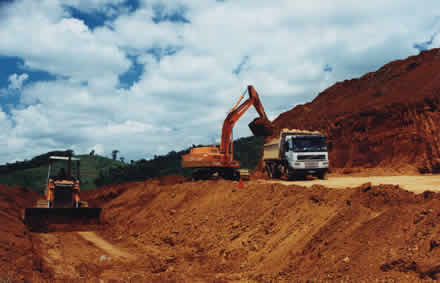 In the Dak Nong province, there are 178 mineral mines with over 16 kinds of mineral, mainly bauxite, wolfram, antimoal, soap basalt stone, pole basalt stone, building sand, granit stone, clay, peat, opal stone, kaolin, sapphire stone and natural mineral water.
In the Dak Nong province, there are 178 mineral mines with over 16 kinds of mineral, mainly bauxite, wolfram, antimoal, soap basalt stone, pole basalt stone, building sand, granit stone, clay, peat, opal stone, kaolin, sapphire stone and natural mineral water.
Bauxite is a mineral resource that has the largest reserve. Bauxite ores distribute in Gia Nghia town, Dak G'long, Dak R'lap and Dak Song and Tuy Duc districts with an estimated reserve of 5,4 billion tons, probe reserve of 2,6 billion tons, content of Aluminum from 35 - 40%.
Other rare minerals: there is gold, jade stone, sapphire, opal... distributing in Dak Song, Dak Glong, Dak Mil districts. Moreover, Volfram, tin, Antimoan distributes in Gia Nghia town, Dak Glong and Cu Jut districts.
Besides, it also has plentiful resources which could be used for construction materials such as clay in some district as a material for brick production to serve social-economic buildings as well as civil constructions for resident areas in the province. Kaolin clay for luxury pottery, it distributes in Dak G'long district and Gia Nghia town; Puzolan for cement production, ceramic brick; soap basalt stone for ashlars facing brick to be soundproof and heat proof..etc.
The mineral water sources in Dak Song district was drilled and probed in June1983; it is 180 m deep. It can be mined with large reserves, about 570 m3 per day and C02 gas companion about 9.62 tons per day.
Tourism resources:
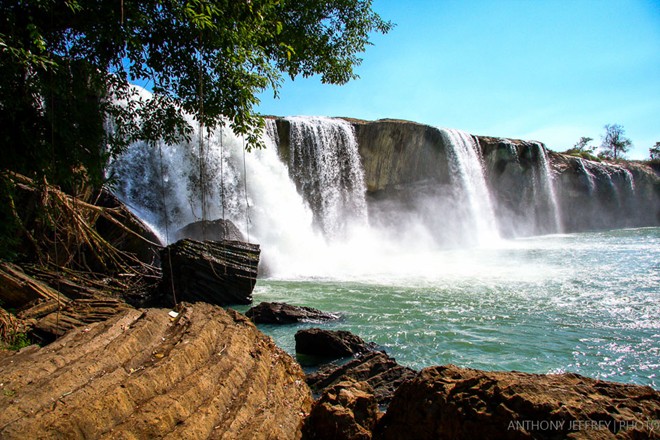 With advantages of lying on M'Nong Highland, being the upstream of two big rivers: Serepok and Dong Nai. Dak Nong has many beautiful natural landscapes with many impressive, majestic and primitive waterfalls such as Trinh Nu, Dray H'Linh, Dray Sap, Gia Long, Dray Nur, Dieu Thanh, Gau (Bear waterfall), Chuong (Bell waterfall), Ngam, Luu Ly, Lieng Nung, Dak Glun, three-floor waterfalls..etc.. lying among the ancient forests.
With advantages of lying on M'Nong Highland, being the upstream of two big rivers: Serepok and Dong Nai. Dak Nong has many beautiful natural landscapes with many impressive, majestic and primitive waterfalls such as Trinh Nu, Dray H'Linh, Dray Sap, Gia Long, Dray Nur, Dieu Thanh, Gau (Bear waterfall), Chuong (Bell waterfall), Ngam, Luu Ly, Lieng Nung, Dak Glun, three-floor waterfalls..etc.. lying among the ancient forests.
The primeval forests can be built to develop eco-tourism zones. Especially, two natural resevers Ta Dung (25.000 hectares) and Nam Nung (28.000 hectares) with plenty fauna and plants.... are suitable for developing many kinds of eco-tourism, picnic, walking, horseback riding, hunting and camping. The immense lakes such as Ho Tay ( the West lake), EaSo, Dak Rong, Dak Dier, Dak R'tih, Dong Nai 3, 4..etc..can be built to develop resorts, boat racing.
The villages of the ethnic minorities M'Nong, Ma, Ede...are the lands which hold many valuable tangible and intangible cultural heritages, especially the Space of Gong culture and the Central Highlands epics and the traditional cultural features like Gongs festival, Can alcohol drinking, buffalo-stabbing festival..etc..These are the potentials that contribute to the development of cultural tourism, ethnic groups' culture and humanity.
It will be a favourable condition to form tourism clusters and tours if they are linked to the tourism spots of Dak Lak province, Binh Thuan province, Lam Dong province, Ho Chi Minh City and Cambodia kingdom. It will become fascinating tourism journeys for tourists.